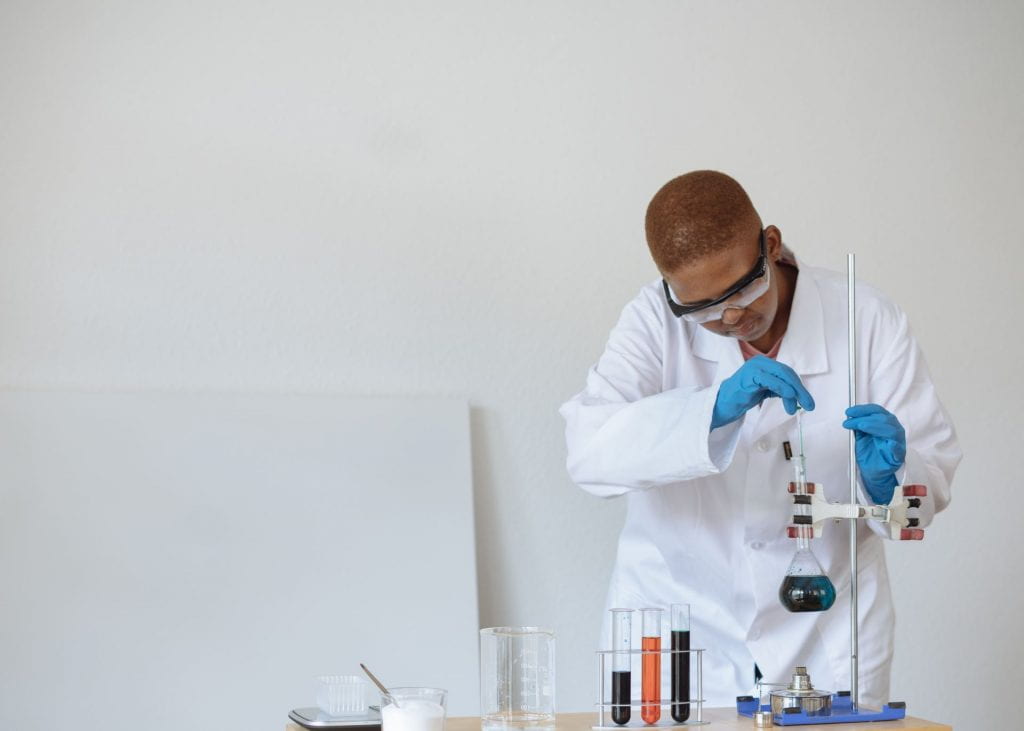
The United States has a history of assisting vulnerable populations with community needs, often with varying degrees of success. The Indian Health Service (IHS), part of the Department of Health and Human Services, is one such government organization that provides healthcare for millions of Indigenous people and since its inception, the service has positively impacted federally recognized Native nations despite budgetary constraints. The Service employs physicians, nurses, dentists and other healthcare professionals to meet the healthcare needs of Indigenous populations and the organization sponsors professional opportunities for Indigenous students at both the undergraduate and graduate levels who express an interest in entering the healthcare field.
The Indian Health Service was created in 1955 and was born out of a long history of the United States government providing assistance to Indigenous nations. “The provision of health services to members of federally-recognized tribes grew out of the special government-to-government relationship between the federal government and Indian tribes. This relationship, established in 1787, is based on Article 1, Section 8 of the Constitution, and has been given form and substance by numerous treaties, laws, Supreme Court decisions, and Executive Orders.”(Warne & Frizzell, 2014, p. S263) The federal government would send military physicians to Indigenous communities in an effort to address the spread of diseases such as smallpox. Unfortunately the government spent far less money on the healthcare of Indigenous people in comparison to members of the military. In 1880, the Commissioner of Indian Affairs, Thomas J. Morgan requested more funding to cover expenses and he “calculated the disparity in resources, finding that the Army spent $21.91 per soldier and the Navy $48.10 per sailor, while the government only appropriated $1.25 per Indian patient.” (Trahant, 2018, p. 118)
In 1911 President William Howard Taft urged Congress to raise the salary of healthcare workers employed in the Indian Service. But the history of underfunding Indigenous healthcare continued. When the Bureau of Indian Affairs opened a health division in 1921, the system suffered from poor funding, unsanitary facilities and inadequate supplies which placed a strain on the quality of care provided. In 1955, Congress transferred the health programs away from the Bureau of Indian Affair to the newly formed Indian Health Service. They also raised the service’s budget from $10 million to $17.7 million a year. Finally in 1976, “Congress proposed a sweeping new authorization for Indian health programs. The Indian Health Care Improvement Act…called on Congress to appropriate at least $1.6 billion in new funding for Indian health, spending resources on improving staffing, facilities, access to care for urban Indian populations, and, for the first time, opened up Medicare and Medicaid revenue.” (Trahant, 2018, p. 119)
The Indian Health Service’s headquarters is located in Rockville, Maryland and has twelve service areas located across the country. The current head of the service is Roselyn Tso, an enrolled member of the Navajo Nation. Tso began working for the Service in the 1980s and has worked in many different capacities, including serving as the director of the Indian Health Service Navajo Area in 2019. The Indian Health Service provides access to hospitals, health centers, dental clinics and behavioral health facilities to Indigenous communities in the twelve service areas. The organization also offers healthcare education so people can improve their quality of health outside of regularly scheduled appointments. The Indian Health Service is one of the few federal organizations that prioritizes Indigenous applicants during the job search process and they also host funding opportunities for students interested in a career in healthcare. Scholarships are available for undergraduate, graduate and preparatory school students. The Indian Health Service also offers an extern program where participants earn valuable, hands-on skills while working in IHS facilities.
While the organization continues to suffer from poor funding in comparison to other federal organizations, the Indian Health Service has improved the overall health of their patients. For example, the infant mortality rate for Indigenous communities has drastically decreased since 1955 and “The Centers for Disease Control and Prevention reported that, in the United States from 2004 to 2008, 84 percent of American Indians and Alaska Natives have a ‘usual place for health care.’” (Trahant, 2018, p. 120) Besides the lack of adequate funding, another criticism of the Indian Health Service is the organizations’ lack of focus on Indigenous people who live in urban areas. Over the years, the IHS has sought to provide resources to patients in urban areas, and to meet the needs of over 2 million Indigenous patients.
The Indian Health Service was born out of the numerous treaties, legally binding agreements and promises made between the US federal government and the governments of Indigenous nations such as the 1832 treaty between the War Department and the Winnebago Tribe in Wisconsin in which the federal government promised two physicians in exchange for land (Trahant, 2018). The healthcare and administrative workers in the IHS search for creative solutions to meet the pressing healthcare needs of their patients. And by offering scholarships and externships, the organization aims to tackle the healthcare industry’s lack of Indigenous workers. The Indian Health Service’s mission is “To raise the physical, mental, social, and spiritual health of American Indians and Alaska Natives to the highest level” and by fulfilling this mission, the IHS provides an example for other healthcare organizations committed to addressing health disparities in other vulnerable and underserved communities.
References:
Indian Health Service. (n.d.). Indian Health Service: The Federal Health Program for American Indians and Alaska Natives. https://www.ihs.gov/
Marcinko, T. (2016, November 13). More Native American Doctors Needed to Reduce Health Disparities in Their Communities. AAMCNEWS. https://www.aamc.org/news-insights/more-native-american-doctors-needed-reduce-health-disparities-their-communities.
Warne, D. & Frizzell, L.B. (2014). American Indian Health Policy: Historical trends and contemporary issues. American Journal of Public Health, 104(3), S263-S267. https://doi.org/10.2105/AJPH.2013.301682
Trahant, M.N. (2018). The story of Indian health is complicated by history, shortages, & bouts of excellence. Daedalus, 147(2), 116-123. https://doi.org/10.1162/DAED_a_00495












